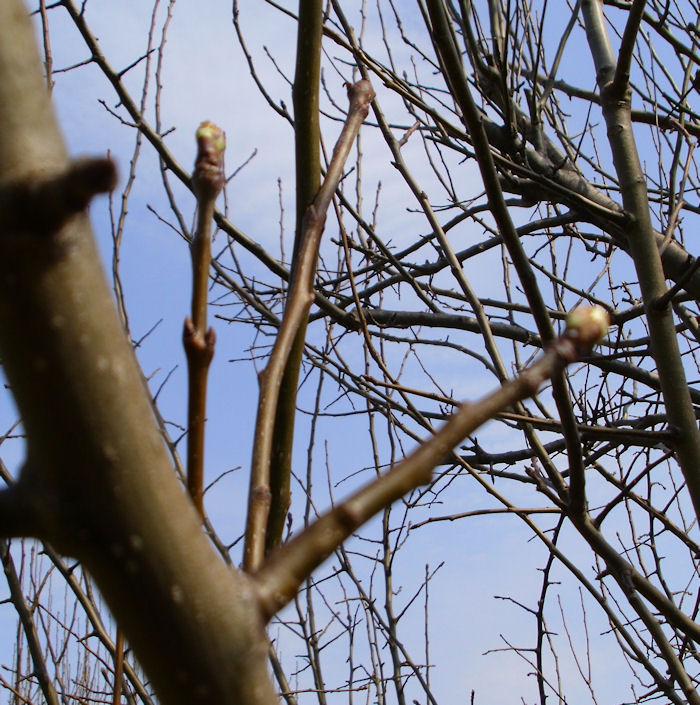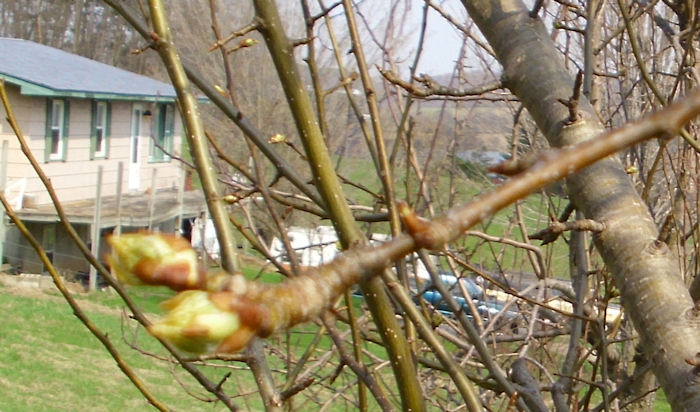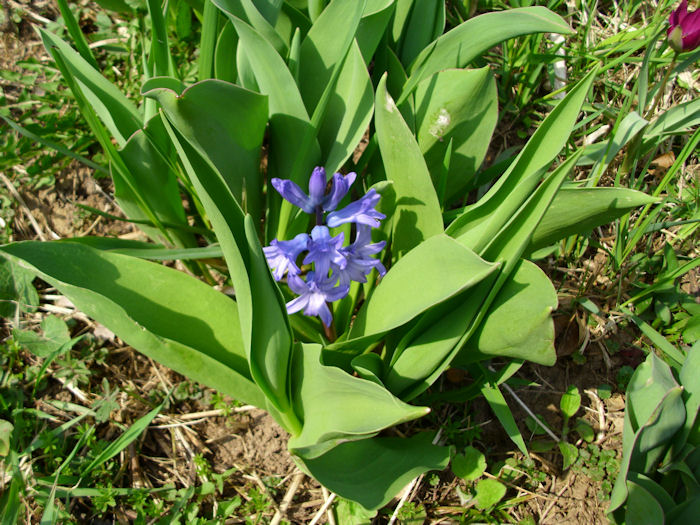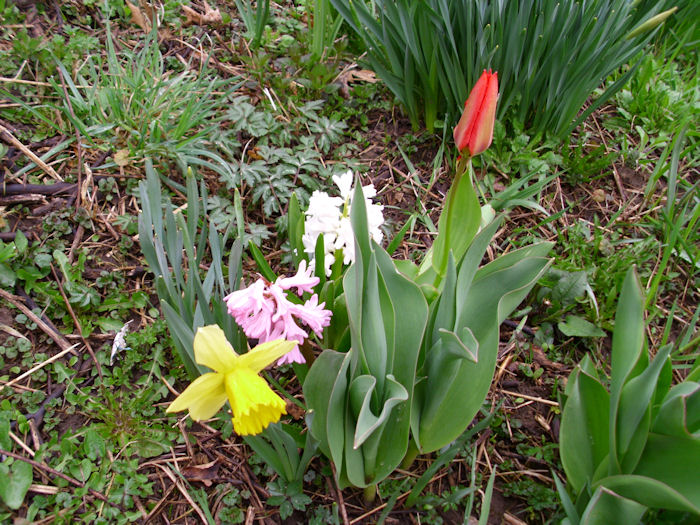A lot of books, magazine articles, and gardening aids talk about bud swell, but then don’t show you what it looks like. I imagine the authors think that its obvious as to when bud swell occurs, but most people really aren’t sure. Our orchard finally had bud swell this past week. Here is an example of the early beginnings of bud swell.
Notice that the outer brown wrapping of the bud has broken, showing the green underneath, but that the bud is still tight. In other words, the bud has swollen. Now these buds are starting to get just a tiny bit past bud swell.
These buds have completely broken out and they aren’t quite as tight as those seen in the other picture. Both pictures were taken on the same day, but they’re of different tree types. The first picture is of a Luscious pear, which blooms slightly later (about two weeks) than the Ure pear shown in the second picture. We use the Luscious tree fruit to make pear nectar (a kind of juice with lots of the fruit included), pear sauce, and wine. The Ure works better for pear chunks and pear butter. Most important of all, the Luscious and Ure pollinate each other—pear trees aren’t self fertilizing for the most part.
Many of the activities in the orchard hinge on bud swell. For one thing, you should stop any pruning at bud swell (at least, I always do to keep the trees from bleeding to death from larger cuts). This is also the time of year that I spray the trees with a lime/sulfur spray to control various diseases, including woolly mildew, a constant pest in our area. The lime/sulfur mix smells absolutely awful, stains clothing terribly, but it does do the job. It’s also not that terrible from an environmental perspective. We try to use green methods wherever we can to control problems with the trees. This spray probably isn’t the organic solution, but it’s also not something that’s going to poison the environment (at least, as far as I know). More on the trees later! Let me know about your early spring orchard activities at [email protected].





